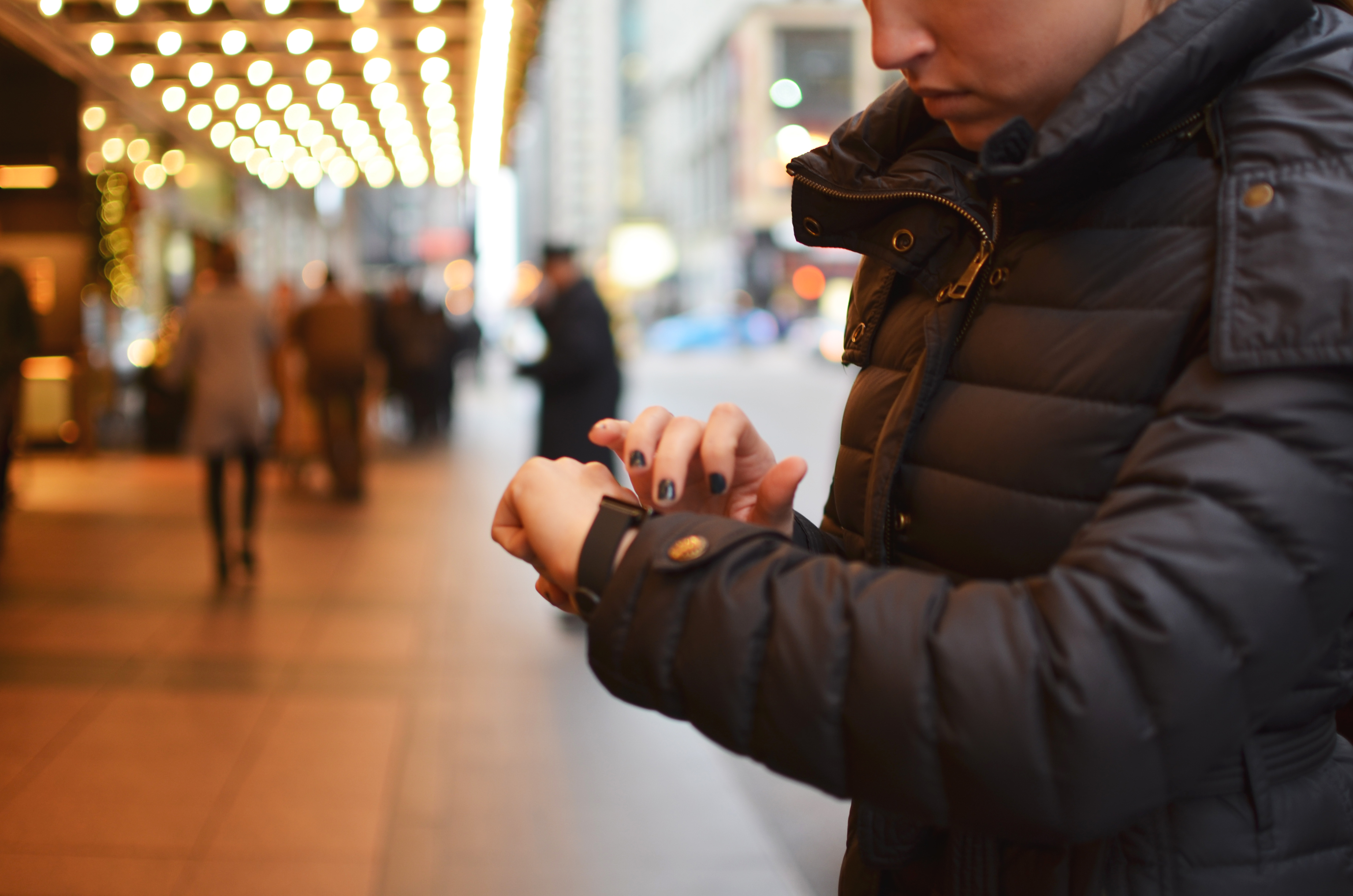
- 2 Min Read / Blog / 3.2.2020

When the App Store first launched on iOS, mobile users embraced any app designed for iPhone. Brands could make a massive impact by investing in a simple native app, even if its interface and content closely mirrored the company’s website. Over time, user expectations began to evolve. It wasn’t enough to only have an App Store presence—now, every mobile user had developed tastes about interface design and expectations about capabilities. In subsequent years, with the growth of tablets and the ubiquity of Android, many mobile users began to demand more. As mobile platforms mature and transform, users expect applications to span ecosystems and accommodate different form factors.
With the advent of the iPad in 2010, Apple introduced dedicated interface principles that defined how iOS apps could be redesigned for the new 9.7-inch display. These apps, called “universal” in App Store parlance, shared one codebase and displayed different interface elements based on the device they were installed on. On Android, tablet versions of applications would similarly identify the device’s screen size and resolution to display appropriate interface elements. (If developers opted not to include tablet-specific designs, the apps would display letter-boxed mobile versions on iOS or stretched interfaces on Android.)

Over time, users began to expect tablet-optimized versions of their favorite apps, and brands or third-party developers prioritized universal app development to meet users’ demands. Now, apps commonly ship with universal mobile and tablet views across platforms. But as both Apple’s and Android’s ecosystems evolve to encompass new form factors, including wearables in the form of Apple Watch and Android Wear, users’ expectations are going to grow to include wearable view states, as well. And the new horizons for user interaction and engagement represented by wearable technologies could give developers and brands unprecedented opportunities to connect with their customers in all-new ways.
For many apps, the work for Android Wear and Watch OS will be simple: both platforms make use of device notifications, and allow users to leverage interactive notifications directly on their watch. However, both Watch OS and Android Wear offer opportunities to expand a third-party app’s footprint on wearables. On Apple Watch, developers can use the WatchKit developer extension to build Watch OS–specific UI views and full Watch apps that expand and compliment their iOS version. Using Google Now voice interaction and watch-centric controls, Android Wear allows Android developers to extend and enhance their Android applications on wearables.

As mobile technologies continue to evolve, expand, and miniaturize, developers have ever-growing opportunities to connect with users on the devices they’re most excited about. Tablets have captured users’ imaginations and begun reshaping how customers interact with digital devices. In coming years, as Apple Watch and Android Wear begin to see widespread adoption and routine iteration, developers can build experiences that engage users on their most intimate devices yet. Critically, just as users demand that third-party developers and brands build mobile apps—and “universal” tablet versions—millions of customers will begin to expect wearable views of their favorite mobile experiences. Going forward, the prospect of developing an app for iOS or Android might necessarily require considerations for tablet and wearable products.